Tag: ventilation
Who Gets the Hospital Bed?
Today, Italy has more than 10,000 cases of the coronavirus. There are now simply too many patients for each one of them to receive adequate care. Doctors and nurses are unable to tend to everybody. They lack machines to ventilate... read more

Is All Oxygen Created The Same?
Oxygen therapy is frequently used in the emergency department for the treatment of hypoxia and respiratory failure and can be delivered in a variety of ways. Conventional oxygen therapy (COT) via nasal cannula is often a... read more

Flow-controlled Ventilation Enhances Lung Aeration
Lung-protective ventilation for acute respiratory distress syndrome (ARDS) aims for providing sufficient oxygenation and carbon dioxide clearance, while limiting the harmful effects of mechanical ventilation. This study... read more

Validation of Neuromuscular Blocking Agent Use in ARDS
The use of Neuromuscular Blocking Agents (NMBA) could significantly decrease mortality in moderate-to-severe acute respiratory distress syndrome (ARDS) patients and decrease the incidence of barotrauma during mechanical ventilation.... read more
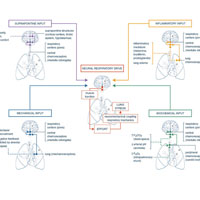
Respiratory Drive in the ARDS: Pathophysiology, Monitoring, and Therapeutic Interventions
Neural respiratory drive, i.e., the activity of respiratory centres controlling breathing, is an overlooked physiologic variable which affects the pathophysiology and the clinical outcome of acute respiratory distress syndrome... read more
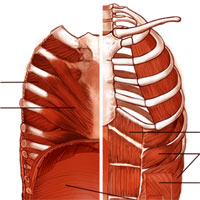
Expiratory Muscle Dysfunction in Critically Ill Patients
The expiratory muscles are the "neglected component" of the respiratory muscle pump. Rather as the heart does not comprise only a left ventricle, but also a right one, the respiratory muscle pump is much more than just the... read more
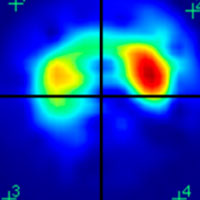
Prone Positioning Monitored by Electrical Impedance Tomography in Patients with Severe ARDS on VV-ECMO
Prone positioning (PP) during veno-venous ECMO is feasible, but its physiological effects have never been thoroughly evaluated. Our objectives were to describe, through electrical impedance tomography (EIT), the impact of... read more
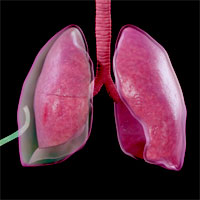
Conservative vs. Interventional Treatment for Spontaneous Pneumothorax
Although the primary outcome was not statistically robust to conservative assumptions about missing data, the trial provides modest evidence that conservative management of primary spontaneous pneumothorax was noninferior... read more
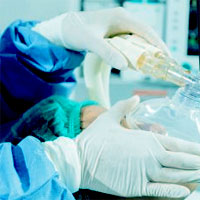
Depth of Anesthesia in Children Undergoing Cardiac Surgery Under Extracorporeal Circulation
In children undergoing cardiac surgery in our department, the use of sevoflurane-balanced anesthesia during cardiopulmonary bypass showed no superiority of inhalational agents over total intravenous anesthesia with opioids... read more
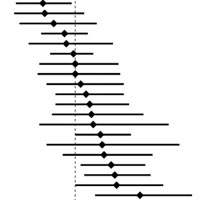
Risk Factors for the Development of ARDS in Mechanically Ventilated Adults in Peru
In this study of mechanically ventilated patients, 31% of study participants had acute respiratory distress syndrome (ARDS) at some point during their ICU stay. Optimal lung-protective ventilation was not used in a majority... read more
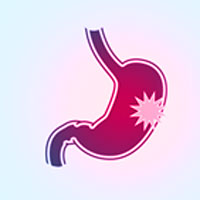
Effect of Stress Ulcer Prophylaxis on In-Hospital Mortality Among ICU Patients Receiving Invasive Mechanical Ventilation
Among ICU patients requiring mechanical ventilation, a strategy of stress ulcer prophylaxis with use of proton pump inhibitors vs histamine-2 receptor blockers resulted in hospital mortality rates of 18.3% vs 17.5%, respectively,... read more
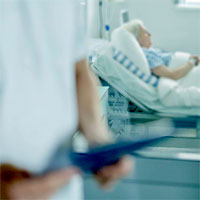
Compliance With Evidence-Based Processes of Care After Transitions Between Staff Intensivists
No significant impact of transitions of care observed between individual staff physicians on evidence-based processes of care for mechanically ventilated adult patients. However, transitions were associated with a lower likelihood... read more
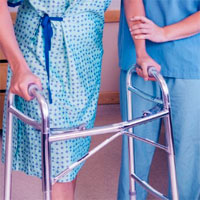
Impact of a Progressive Mobility Program on the Functional Status, Respiratory and Muscular Systems of ICU Patients
Patients who participated in an ICU mobility program had better functional status at discharge from the ICU. The other benefits of the program included better performance in the mobility tests and improved maximum voluntary... read more
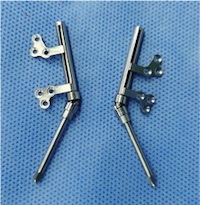
Optimal Duration of Mechanical Ventilation and Influencing Factors Following Mandibular Distraction Osteogenesis in Infants
Mandibular distraction osteogenesis (MDO) is an effective treatment for tongue-based airway obstruction in infants with severe Pierre Robin sequence (PRS). Most infants receiving MDO require postoperative mechanical ventilation... read more




